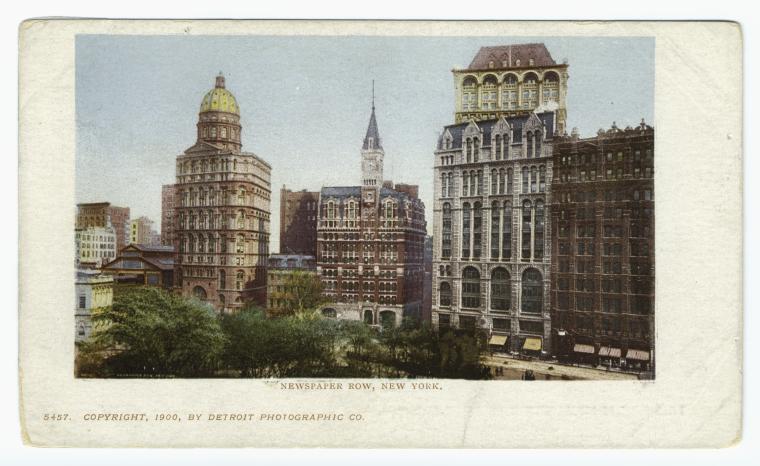
History
 The history of newspapers in the United States shows a pattern of struggle between free speech by the public and censorship by the government.
The history of newspapers in the United States shows a pattern of struggle between free speech by the public and censorship by the government.
The first American newspaper, published in 1690 in Massachusetts, was called Publick Occurrences both Foreign and Domestic. Put out by the printer Benjamin Harris, Publick Occurrences lasted for one issue before it was shut down by the governor. Almost three hundred years later, during the administration of President Richard Nixon, the Supreme Court decided in favor of investigative journalism against threats to the freedom of the press initiated by the U.S. Attorney General, in New York Times Co. v. United States, over the publication of what were known as "The Pentagon Papers."
In colonial America, newspapers were far outnumbered by circulating pamphlets, often published under a pseudonym, that argued for or against a political issue (not unlike the op-ed page of a newspaper today). Even after the Revolutionary War, up to around the 1830s, newspapers were less a vessel of reported information than a daily purveyor of opinion, political argument, personal attacks, classified ads, and shipping news.
The seeds of modern journalism were exemplified by three New York City papers in the three decades preceding the Civil War: the tabloid style of the New York Sun, which cost a penny per issue; the democratic vision of Horace Greeley at the New York Tribune, who employed newspapers to raise awareness of civic
A recent market research survey found that the time adults 18 and older spent with newspapers daily increased at higher rates in 2020 compared to 2019. And data has shown that some of this rise in newspaper access is a result of people utilizing coupons: 87 percent of millennials had not only used coupons, but had clipped them from hard copy newspapers.
In genealogy research you might want to know how much your great-grandmother paid for a can of peas or a loaf of bread or a pail of beer - check the papers.